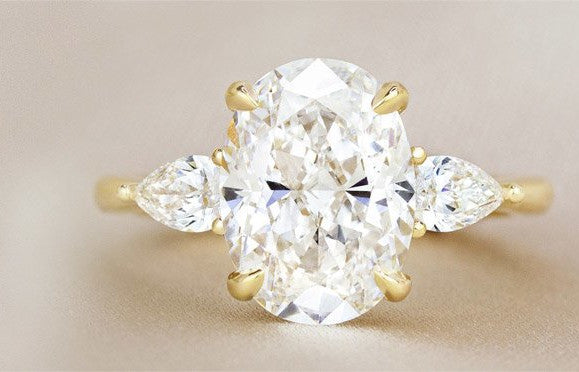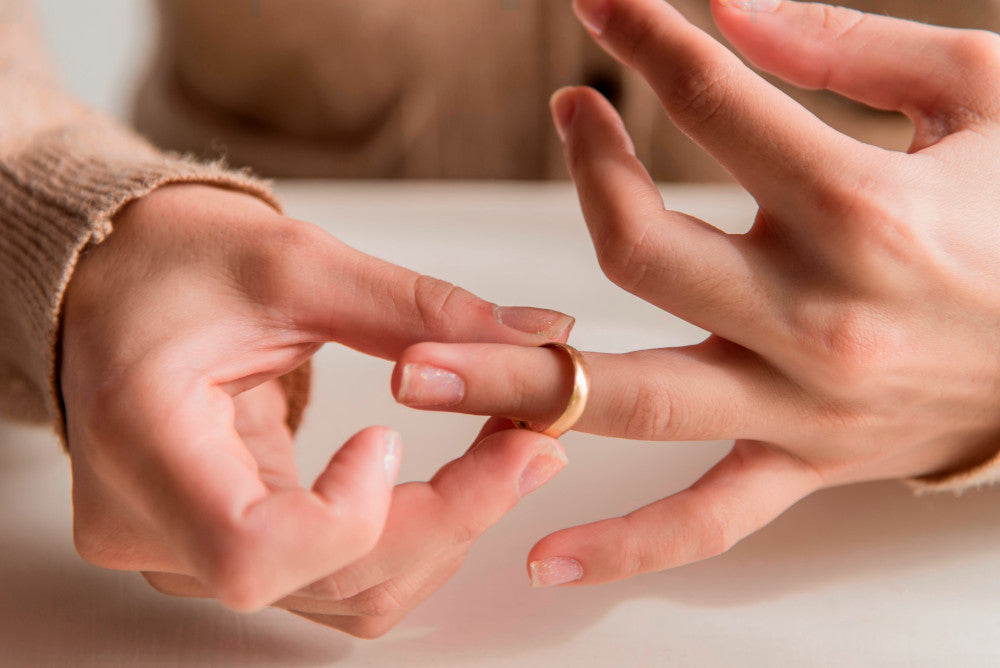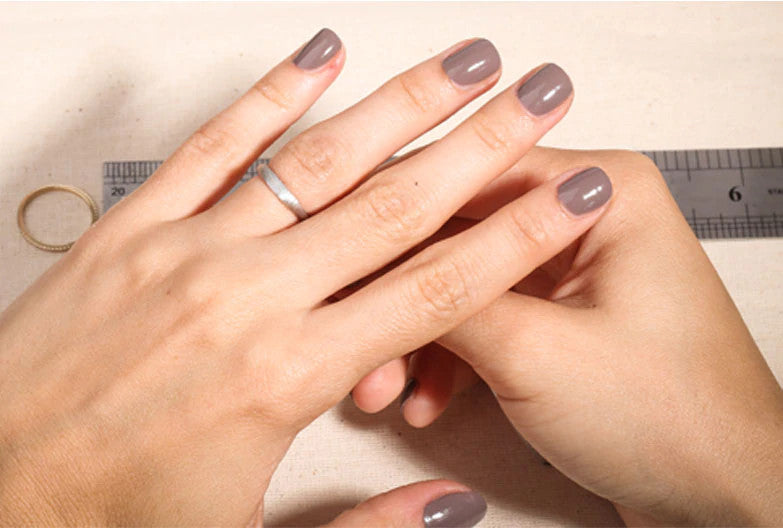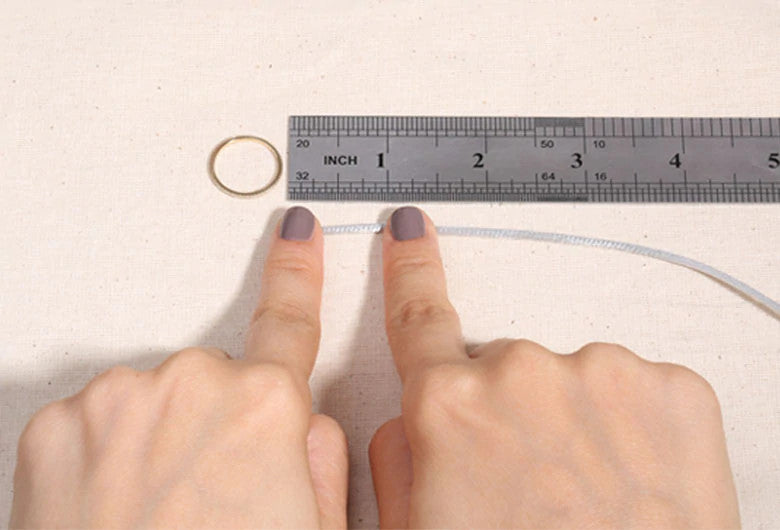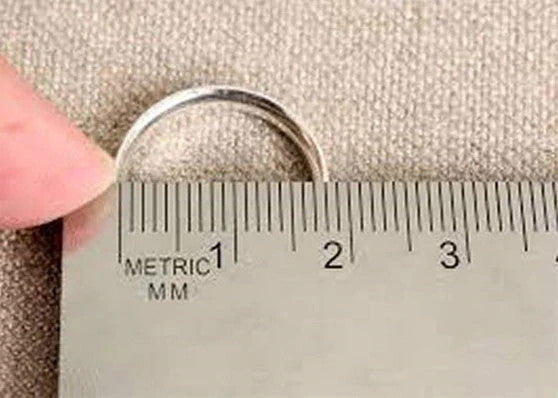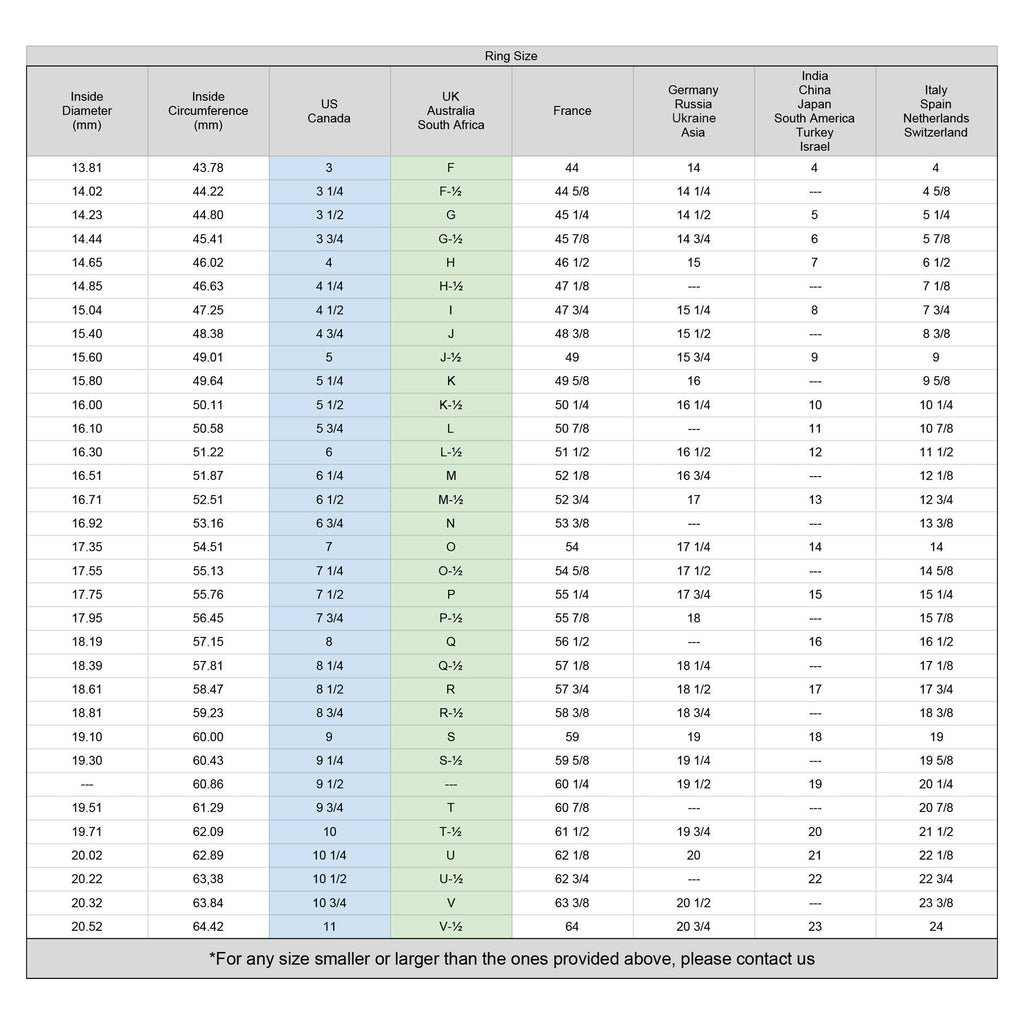What is Diamond Clarity?
Diamond clarity refers to the purity and rarity of the stone, and the degree to which it presents blemishes and inclusions. When forming, natural microscopic characteristics can be trapped within or on the diamond. These internal and surface characteristics are inspected by gemologists, who use 10x magnification and a qualitative grading system to assign a numerical value (clarity grade) to each diamond.
The lower the number of imperfections and flaws in a diamond’s aesthetic appearance, the higher the clarity grade. When determining the optimum clarity for a diamond, keep in mind that no diamond is entirely pure. However, the closer it gets to purity, the clearer it becomes. Diamonds with no or few inclusions are considered particularly rare and highly valued.
While clarity has a significant effect on the value of a diamond, most defects are invisible to the naked or unassisted eye.

SI2
Slightly included 2. Inclusions are visible under 10x magnification and may be visible with unaided eye. More inclusions than SI1.

SI1
Slightly included 1. Inclusions are visible under 10x magnification, but may not be very visible with unaided eye.

VS2
Very slightly included 2. Difficult to see inclusions under 10x magnification. Typically cannot see inclusions with the naked eye. Slightly more inclusions than VS1.

VS1
Very slightly included 1. Difficult to see inclusions under 10x magnification. Typically cannot see inclusions with the naked eye.

VVS2
Very very slightly included 2. Very difficult to see under 10x magnification. Slightly more inclusions than VVS1.

VVS1
Very very slightly included 1. Very difficult to see under 10x magnification.

IF
Internally Flawless. No internal flaws.

FL
Flawless with no internal or external flaws. Extremely rare and valuable.
How are Clarity Grades Determined & Diamond Clarity Chart
Evaluating diamond clarity entails assessing the quantity, size, relief, type, and location of the microscopic characteristics, as well as their effect on the stone's overall look. Experienced gemologists use 10x magnification to identify and classify these clarity characteristics by size, type and position.
The characteristics are then mapped on a “diamond plot” which looks different for every diamond! Gemological labs, such as GIA and IGI, measure diamonds on a scale from “Included” to “Flawless”.
Evaluating diamond clarity entails assessing the quantity, size, relief, type, and location of the microscopic characteristics, as well as their effect on the stone's overall look. Experienced gemologists use 10x magnification to identify and classify these clarity characteristics by size, type and position.
The characteristics are then mapped on a “diamond plot” which looks different for every diamond! Gemological labs, such as GIA and IGI, measure diamonds on a scale from “Included” to “Flawless”.
Diamond Clarity Ratings
Here are the different clarity grades to consider:
- FL/IF: If you see anything on diamonds with a flawless clarity rating, it's most likely dust. If that small particle were an inclusion inside the diamond, it would undoubtedly reduce the stone to a VVS2.
- VVS1: Only a strong microscope can reveal the pinpoints. At this magnification, VVS1 size inclusions are not visible. A standard picture, even enlarged, can only concentrate on a single degree of depth.
- VVS2: A gemological microscope is required to detect a VVS2 inclusion since the pattern is often composed of many smaller VVS1-sized spots that add up to a VVS2 clarity grade. Because the individual dots are too tiny to view with a jeweler's loupe, they must be identified using a microscope.
- VS1: Unlike VVS2 clarity inclusions, a VS1 never requires the use of a microscope. However, it's still tiny and will never be seen by just the human eye.
- VS2: To the naked eye, VS2 clarity inclusions are nearly always clean.
- SI1: The diamond rated as an SI1 clarity is just below the VS2 clarity. One must remember that a clarity grade may be assigned to a diamond based on various distinct inclusion spots. It's uncommon for the clarity grade to be determined by a single focused inclusion. Typically, the clarity grade is composed of some smaller spots and clouds of tiny dots. Because each inclusion is so slight, the diamond seems flawless to the human eye in these instances.
- SI2: With step cuts like the emerald and asscher, an inclusion with SI2 clarity is almost always apparent to the naked eye. In most cases, an SI2 clarity inclusion will be visible to the naked eye when used with other dazzling forms. An SI2 with a black center on an emerald cut is about as awful as an SI2 can get. As with an SI1, the SI2 clarity rating is often composed of many tiny inclusions.
Here are the different clarity grades to consider:
Types of Inclusion
When a diamond forms, small crystals may get stuck inside. Occasionally, when a crystal develops, its atomic structure may acquire imperfections. The size, location, and visibility of inclusions all affect the clarity of a diamond.
When evaluating the clarity of a diamond, there are many distinct kinds of inclusions to consider. Here are a few of the most common kinds, along with an explanation of what they are:
- Graining: Due to the uneven crystal development, this inclusion produces internal graining that manifests as white, colored, or reflecting lines, giving the diamond a highly hazy look.
- Cavity: The cavities may look colorless, depending on the kind of contained minerals found inside the diamond's body. If the crystal inclusions in the cavity are colored, they become considerably more visible and are likely to be visible to the naked eye.
- Feather: This is a tiny fracture inside the diamond that may seem translucent or catch the light and give the diamond a white appearance, depending on the angle from which it's seen.
When a diamond forms, small crystals may get stuck inside. Occasionally, when a crystal develops, its atomic structure may acquire imperfections. The size, location, and visibility of inclusions all affect the clarity of a diamond.
How Important is Diamond Clarity?
Clarity affects how a diamond shines and appears when illuminated — and fewer inclusions mean the diamond will shine more brilliantly. When determining the optimum clarity for a diamond, keep in mind that no diamond is entirely pure. However, the closer it gets to purity, the clearer it becomes.
Additionally, the importance of diamond clarity is affected by the other diamond qualities, such as shape and size. In step-cut shapes, such as emerald cut and asscher cut diamonds, the shallow pavilion and open table accentuate the clarity of the stone and can make characteristics more easily visible. Similarly, in larger carat sizes, characteristics can be more noticeable due to larger facets.
Clarity affects how a diamond shines and appears when illuminated — and fewer inclusions mean the diamond will shine more brilliantly. When determining the optimum clarity for a diamond, keep in mind that no diamond is entirely pure. However, the closer it gets to purity, the clearer it becomes.
Additionally, the importance of diamond clarity is affected by the other diamond qualities, such as shape and size. In step-cut shapes, such as emerald cut and asscher cut diamonds, the shallow pavilion and open table accentuate the clarity of the stone and can make characteristics more easily visible. Similarly, in larger carat sizes, characteristics can be more noticeable due to larger facets.
| FL | Flawless |
|---|---|
| IF | Internally Flawless |
|
VVS1 VVS2 |
Very Very Slightly Included |
|
VS1 VS2 |
Very Slightly Included |
|
SI1 SI2 |
Slightly Included |
|
I1 I2 I3 |
Included (Not Carried by Jalviandco) |


